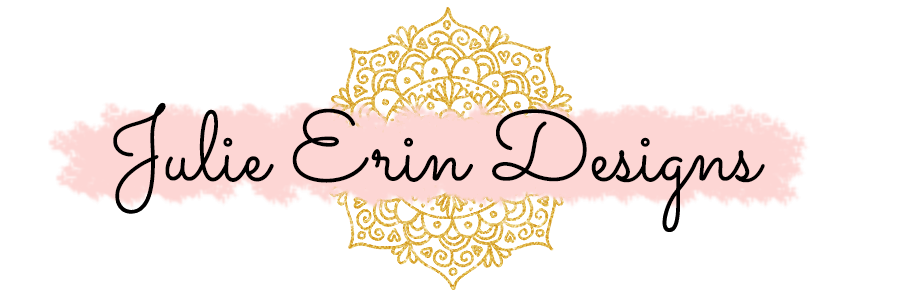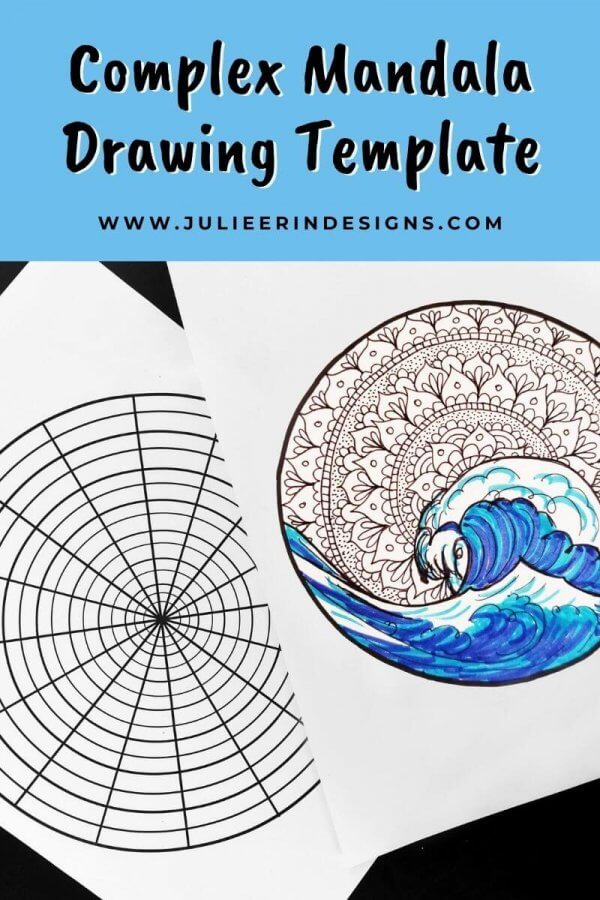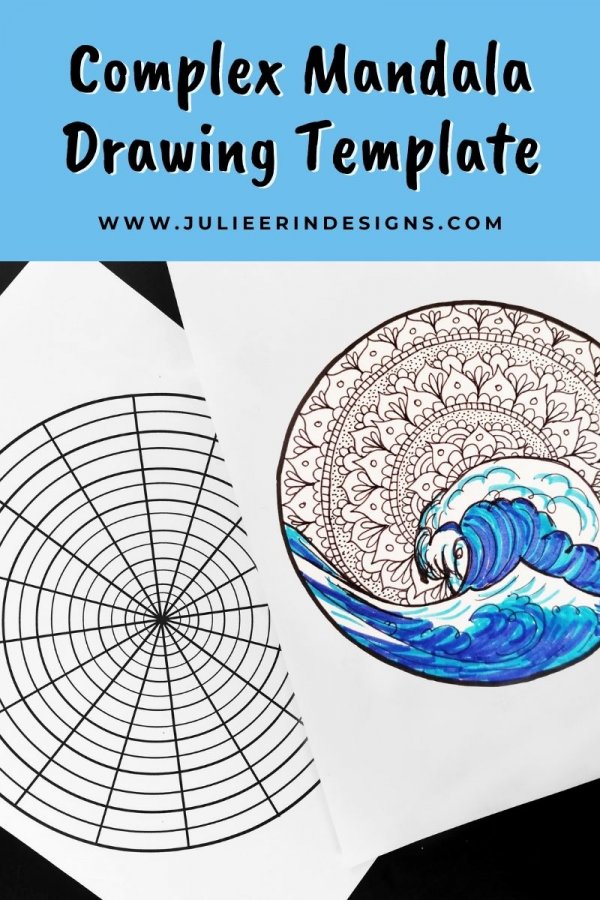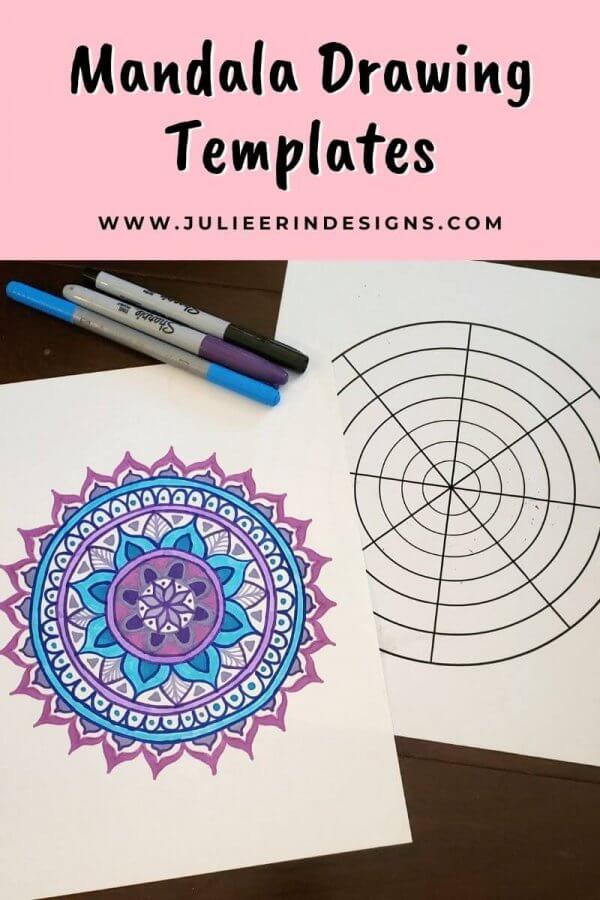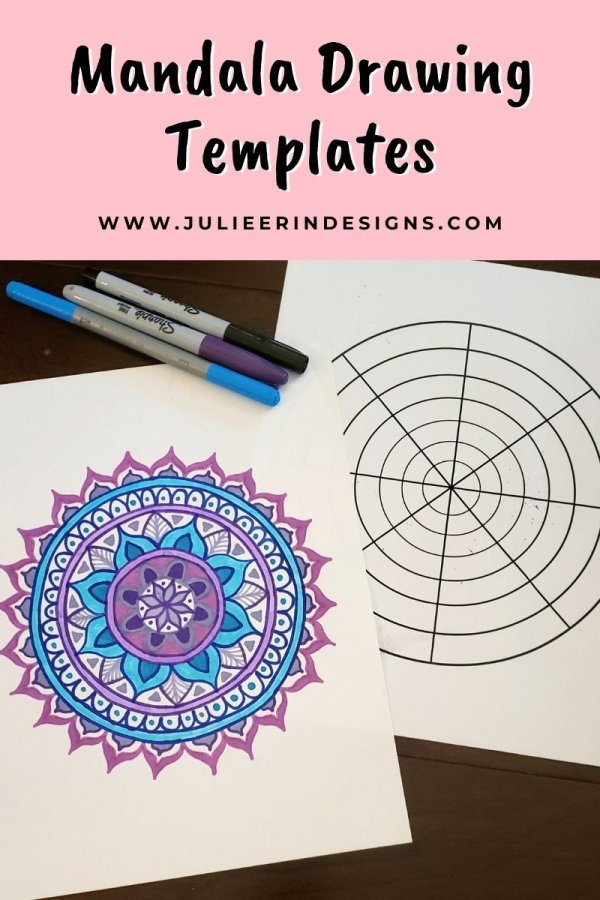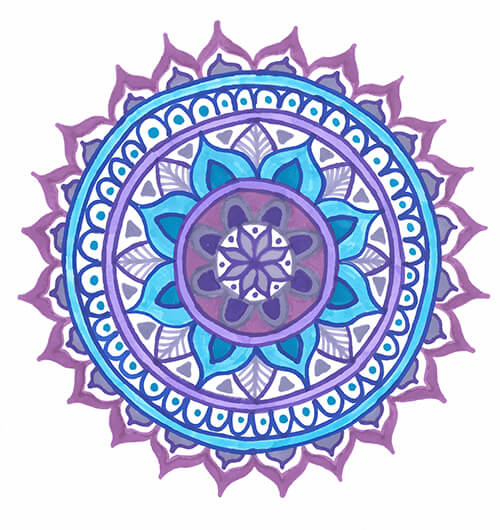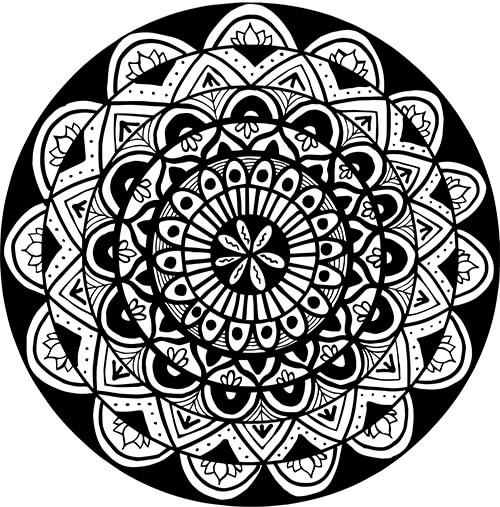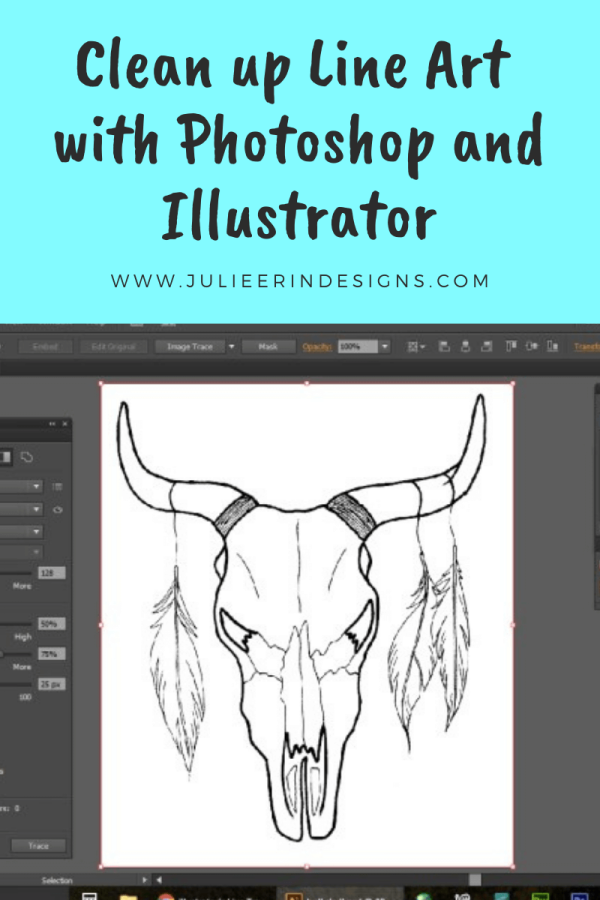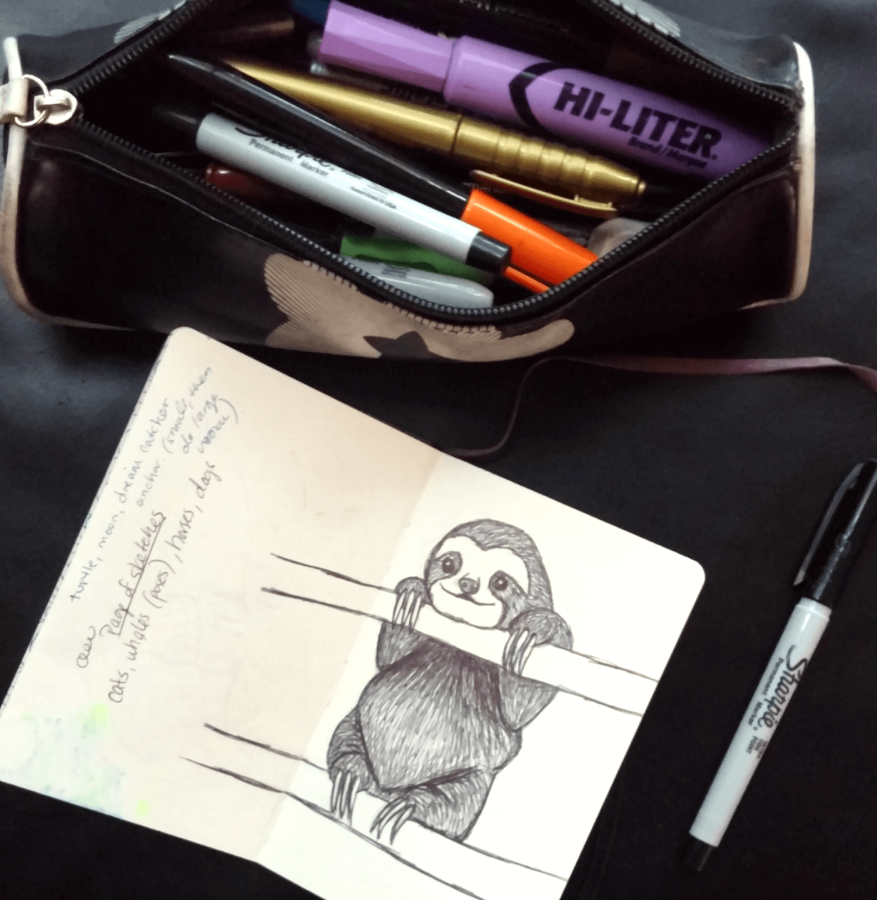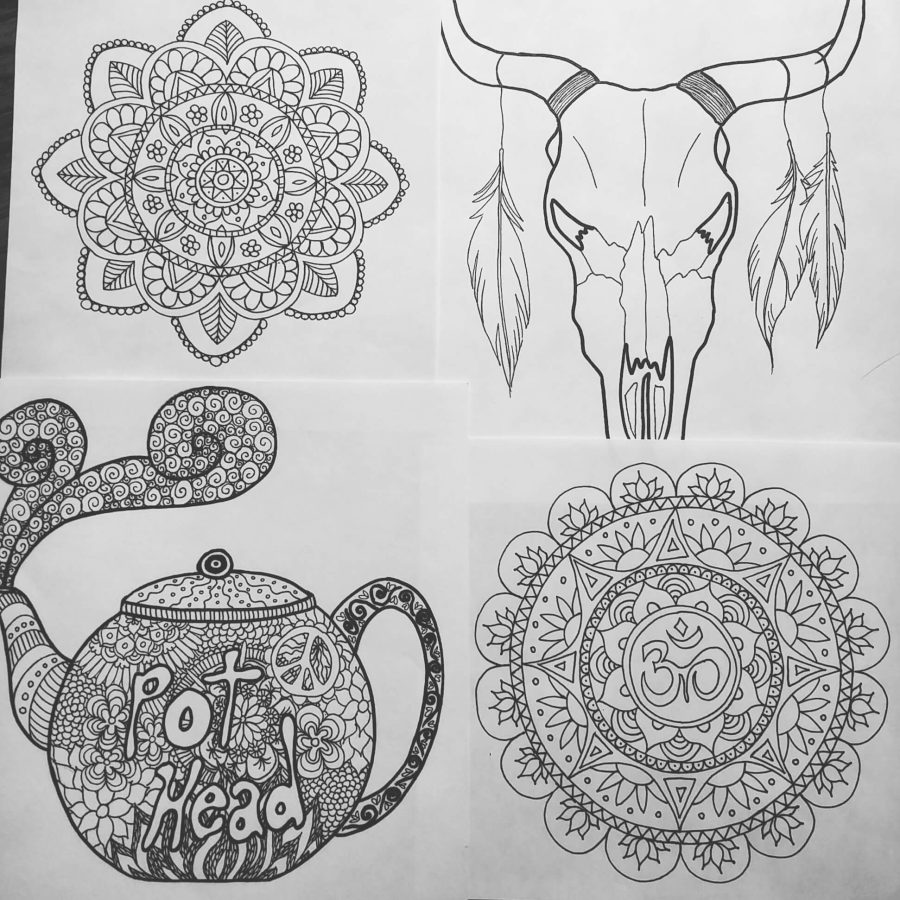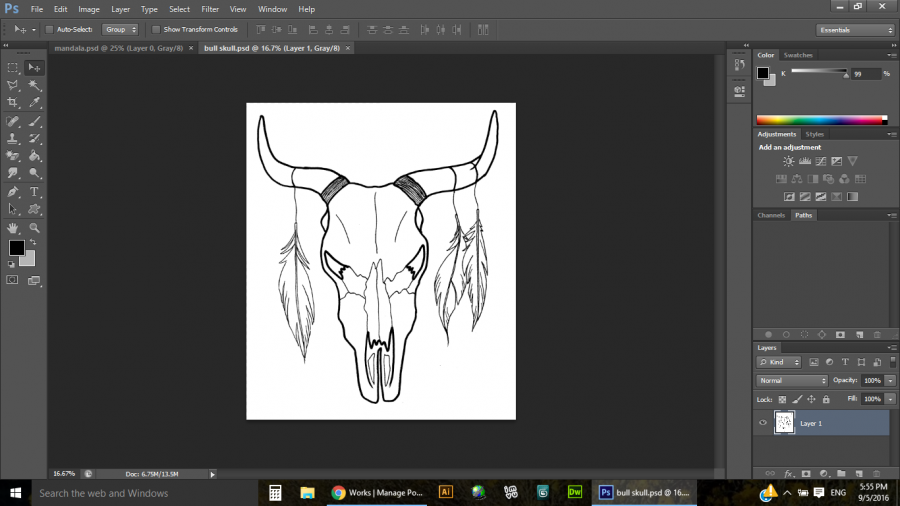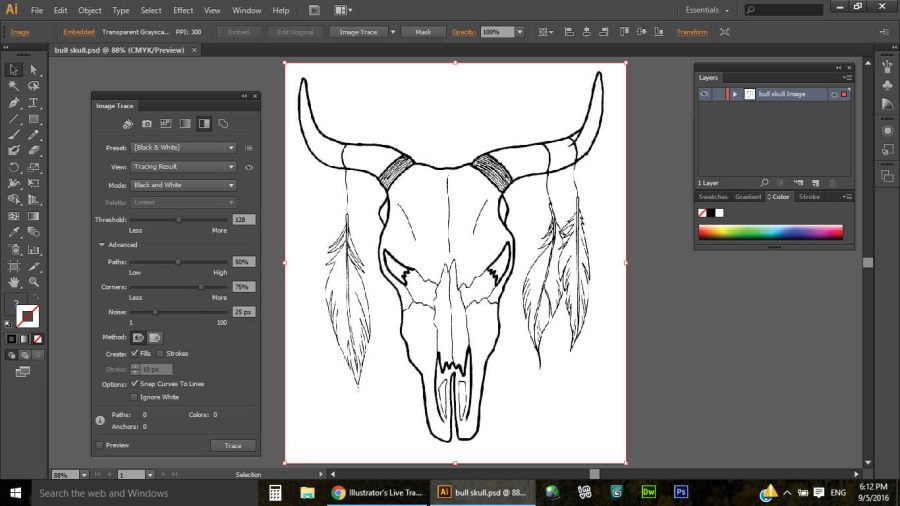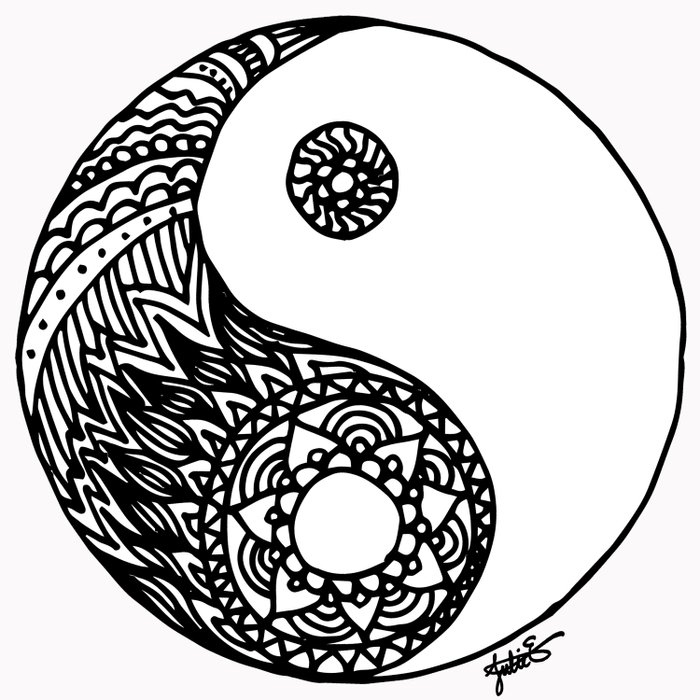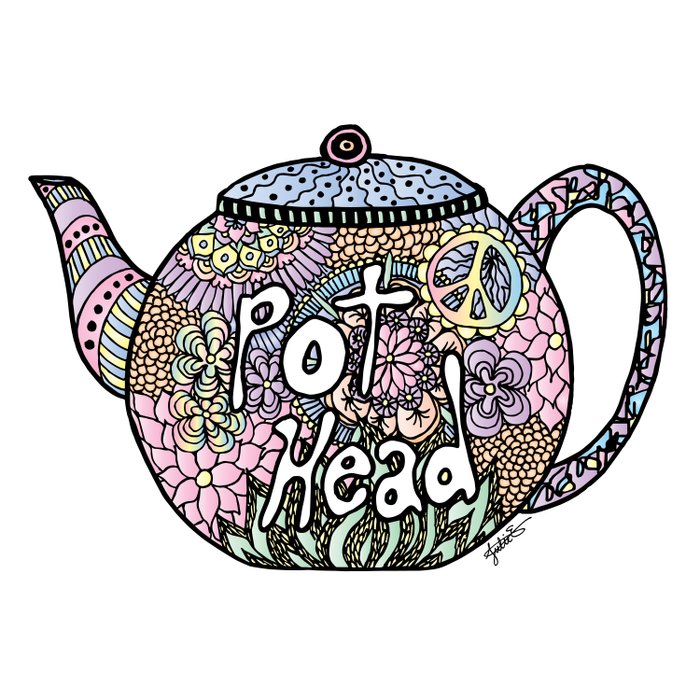
Are you looking for ways to increase your print on demand sales? If so, you’re in the right place! In this article, I’ll be sharing with you 15 tips to will help you maximize your print on demand sales, whether you sell through your own website or a marketplace like Redbubble or Etsy.
If you’re just getting started, you may want to check out these posts first:
There are a few things you can do to maximize your print on demand (POD) sales. POD is a great way to get your work out there, and it can be a great supplemental income stream. But like with anything, there are ways to optimize your POD sales and make the most out of this opportunity. By following these tips, you can give yourself a better chance at success.

Tips to Increase your Sales on Print on Demand Websites
- Try to complete at least one task per day related to your print on demand business. For example: post one tweet, one Instagram post, create one new design, one update to your website etc. If you can do more than one task that’s great, but even just one thing a day will help your business grow over time.
- Connect with other artists on social media (Facebook groups for example) or forums where available (Zazzle). Ask for feedback from them if you feel comfortable doing so!
- Upload as much high quality work as possible. The more designs you have, the more chances you have of making a sale.
- Research the latest trends and use them as inspiration to create new designs in your own style. You can use Pinterest or check the top selling designs on your chosen POD platform.
- Update your social media pages, even just one or two and focus on them. Instagram and Twitter great for artists. On Facebook it’s challenging to get likes on your page, but it could get your real life friends interested. Try using new tools like Facebook or Instagram stories, or even Snapchat if you are adventurous.
- Post new designs and products consistently. Try to stay somewhat active and consistent in all of your POD shops (uploading new work, commenting/following etc.) I’ve definitely noticed an increase in sales/activity when I’m active. If you have too many stores to stay active, maybe pare it down to the few that you have been most successful on.
- Don’t stretch yourself too thin. Going off the point above, if you have too many stores you might feel overwhelmed or too lazy to upload work to all of them, so I suggest deleting those ones you don’t like or don’t have much success with.
- Research your target audience and find out what they like to see and buy on products.
- Make new colorways of popular designs that are well received. Different colour variations of a popular design or rework an element of that piece so it can have more mass appeal.
- Have a website or blog external to your social media, like this one! It helps with your visibility and to show up in Google searches.
- Tell your family, friends and coworkers about your stores and they might support you! You could even gift them stuff from your own stores for Christmas and birthdays etc. to get them excited about your work.
- Go back through your old designs and either delete ones that aren’t working for your brand or update titles, keywords, descriptions, etc.
- Use keyword-rich titles and descriptions (SEO). When buyers are searching for products on a print on demand marketplace, they will often use keywords to find what they are looking for. Make sure that your product descriptions include relevant keywords that buyers are likely to use, in order to increase the chances of your products being found.
- Always keep learning. There are lots of great sources online for marketing your brand or honing and learning new skills. Check out Skillshare for some free or paid courses in marketing, design and many other skills.
- Subscribe to my blog! I’m always posting new content on selling your art on POD websites so make sure you don’t miss out.
By following the tips above, you can make the most of your print on demand stores and ensure that your products are selling as well as they can. With a little bit of effort and some creativity, you can take your print on demand business to the next level and make it a success.
Thanks for reading and I hope you’ve found this blog post helpful. Let me know if you have any other tips to add in the comments below! Also check out the resources section of my website for even more print on demand tips.
Cheers,

Check out these other posts for more information on selling your art on POD websites:
